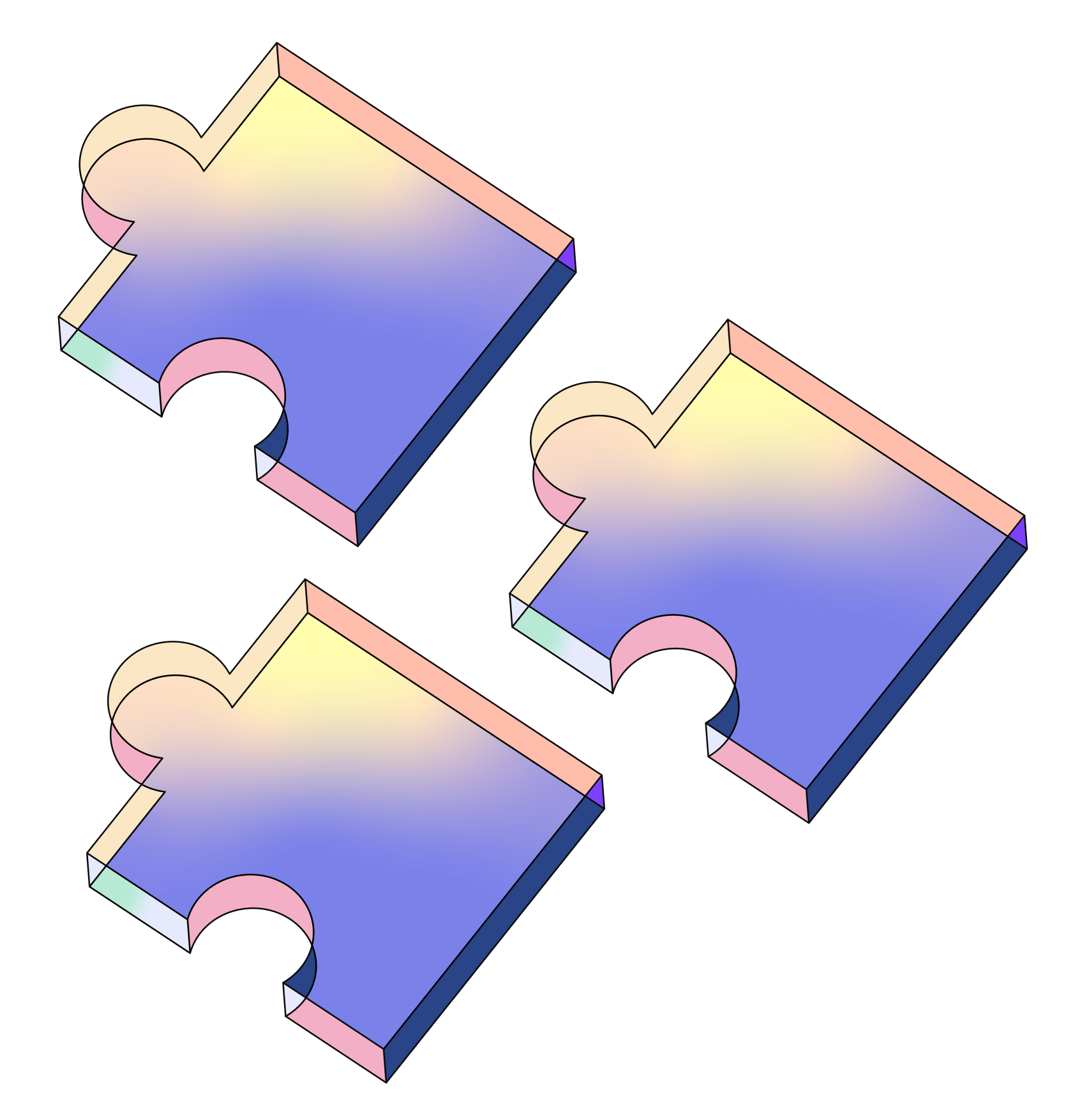sepiol_storage
Sepiol Storage is git for robotic agents: Unlocking decentralized identification, training, and attestation. Bridging physical and simulated environments.
sepiol_storage
Created At
Winner of

Nethermind - Create a real or virtual Robotic Agent 3rd place
Project Description
We built git for agentic robots. Traditionally, robotic agents in simulated environments and robotic agents in physical robots exist in two separate constructs. Sepiol Storage unifies the two.
In its current form, Sepiol Storage provides a decentralized repository that creates a common representation between virtual and physical robotics agents. It unlocks a decentralized system to train robots across a decentralized system and capture affordance (functional) and safety attestations.
How it works: Embodiment classes and instances of those embodiments are registered on the Arbitrum blockchain. When a new Embodiment is added, a digital twin is generated, which can be used in a Genesis simulation for ML training, identity management, ability attestation, and future development of functionality. When an instance of that embodiment is added, the unique identifier (transaction id) is added to the physical model before it's sent to a 3D printer and assembled.
Long-term, we seek to answer the following questions: What happens in the future when you have thousands of the same robots on another planet trying to accomplish something? How does the system distribute resources and learn across robots? How can we balance evolution with moral alignment in a decentralized and distributed world?
How it's Made
Sepiol Storage utilizes the Arbitrum blockchain for robot identity storage. Under 'Digital Twin' generation, Roboforge is used for CAD to URDF (format for simulation in Genesis) conversion. Pyvista is used for identity bridging, adding the unique identifier of the digital twin to the 3D-printed model. Genesis is used for simulation and model training. Next.js is used for the user-facing application that connects embodiment and entity registration to the blockchain.

